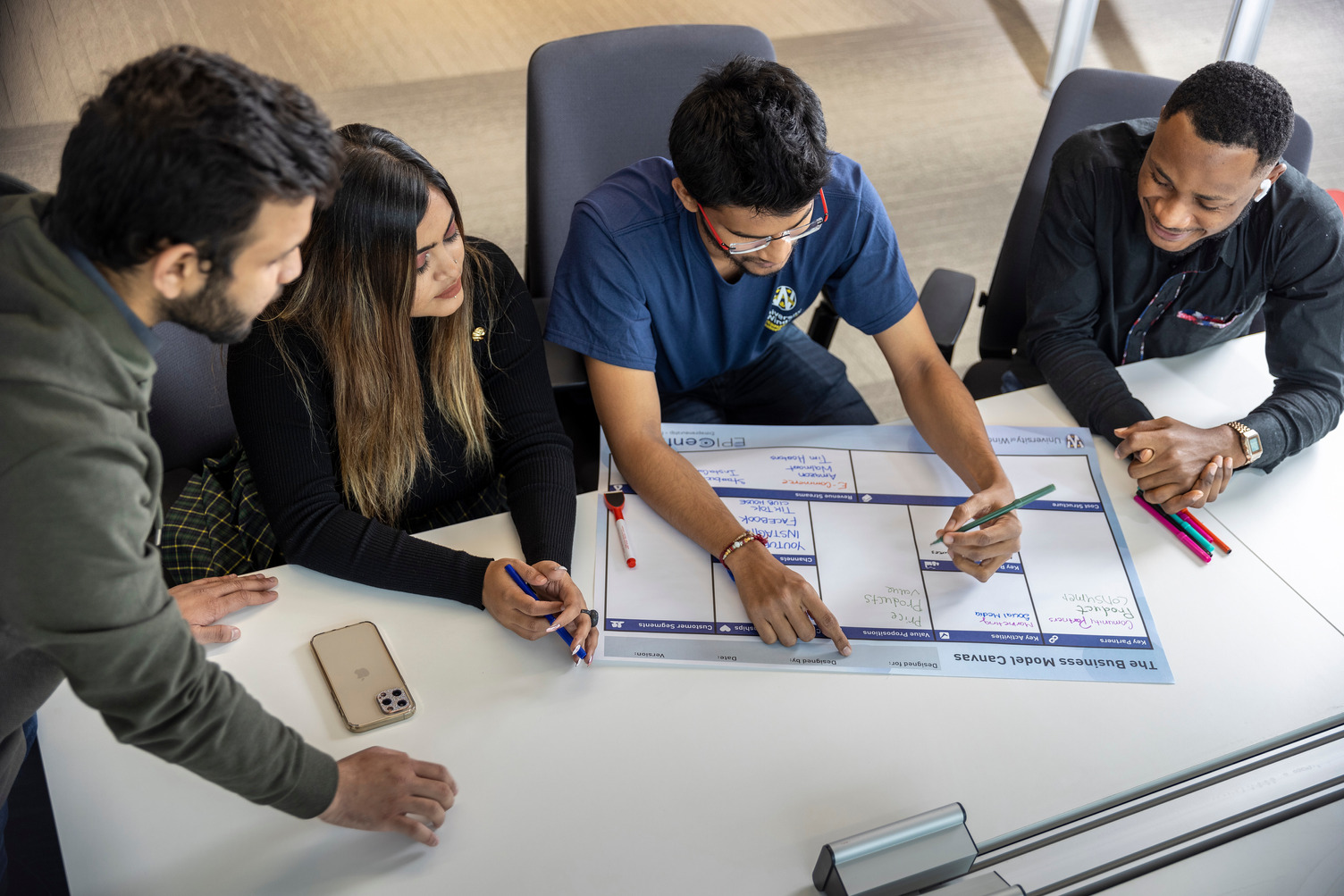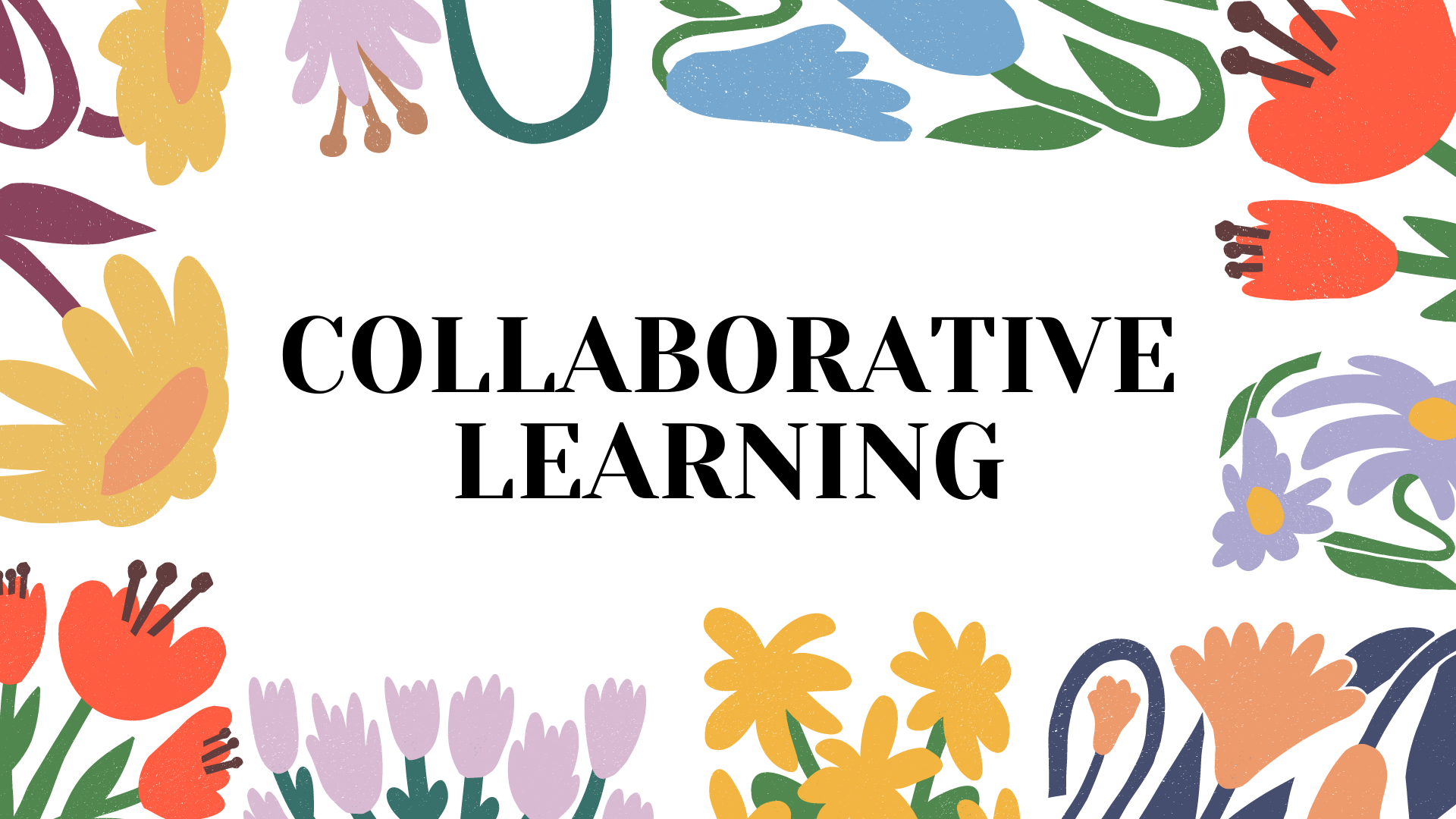8 Collaborative Learning
Learning Objectives
By completing this module, you can:
- Identify different types of teams and the type of team that best suits your needs.
- Identify your personality, personal values, and conflict-management style through personal assessments.
- Learn the difference between collaborative learning and group-work or teamwork.
- Reflect on how your personality, personal values, and conflict-management style influences your role as a collaborative learner.
- Prepare an approach to engage in conflict resolution when necessary.
“Alone we can do so little; together we can do so much.”
quote by HELEN KELLER
Collaborative Learning, while much like group work, differs slightly. The term collaborative learning presents a new approach to teamwork in the academic or professional setting as “collaborative” often signifies unity, cooperation, and conveys a positive experience.
You can build a connection with peers and develop social skills, share effort amongst team members, and enjoy the experience of the process as well as the final product or project. By working as a team in a collaborative manner, learning can be maximized for all students.
Interactive Presentation on Groups and Teamwork
Understanding Yourself as an Individual: Part of a Team
It is beneficial if you have a basic understanding of yourself as an individual. This is important as being able to understand your personality, values, and conflict-management styles can help you understand your role outside of a team and how that can effect your role inside a team.
Below, you will find some helpful and free resources that you can choose to engage with. Exploring these assessments can help you develop a better understanding of yourself which you can then positively use in collaborative learning.
Some sites may require cookies or ask for your email for promotional marketing, so if you are uncomfortable with this you can always look up more! Just remember to look for reliable, safe websites that do not ask for excessive personal information and details. To find similar resources, try searches such as:
- free personality test
- free self-assessment
- free personal assessment
Personality Assessment
- PrinciplesYou – Learn about the archetypes you are most like, which includes your tendencies, talents, and opportunities for growth.
- 16Personalities – Learn how your personality type influences many areas of your life. Based on Carl Gustav Jung’s study of psychological traits (for example, introversion and extroversion) and the famous Myers-Briggs test, 16 Personalities covers the “Big Five” personality traits of individuals: mind, energy, nature, tactics, and identity.
- Who Am I? Visual Test – Formatted less like question-and-answer and more like a “pick a photo” system to show how your character defines your outlook on and approach to life.
Personal Values and Emotional Intelligence Assessment
- Institute for Health and Human Potential – Asks short, straightforward questions on how you act around others and how you handle certain situations. Results tell you where you range and ways to improve your EI weak areas.
Skills Self-Assessment
- Interpersonal Skills Self-Assessment – covers four major components of interpersonal skills: listening, verbal communication, EI, and teamwork. Your answers will determine if you’re above, at, or below average, and how to better interact with others.
- Note: You don’t need to download anything to take the test.
What type of team member are you?
Created by Vanessa Reka at University of Windsor
Conflict Resolution
Conflict is a normal part of group work. Each individual group member will have their own opinions and ideas on what would be best for the group. It is important to know how to resolve conflicts when they arrive, and also try to prevent conflicts from occurring.
Communication:
- Clear communication with group members about what is expected of them and when deadlines are is important. This helps keep group members accountable for the work that they need to do. Communication can help prevent conflicts from arising in the first place
- Communication can also be used when conflicts arise. Team members need to talk with one another about what the conflict is, and determine a way to solve this conflict.
Determine what the conflict is and acknowledge that it is occurring:
- Pinpointing where there is conflict and also bringing up that there is conflict between group members, helps this conflict to be resolved.
- Acknowledging the conflict allows group members to work together to resolve it and achieve the group’s goals.
Reach out to your teacher or professor:
- If your group has tried resolving the conflict and it is still not successful, reach out to your professor. They will be able to help you in resolving the conflict, or they will provide you with alternative work.

Photo by University of Windsor, 2021
Chapter Progress

a process of active learning in which students work together to study, learn, or complete a project or task.


